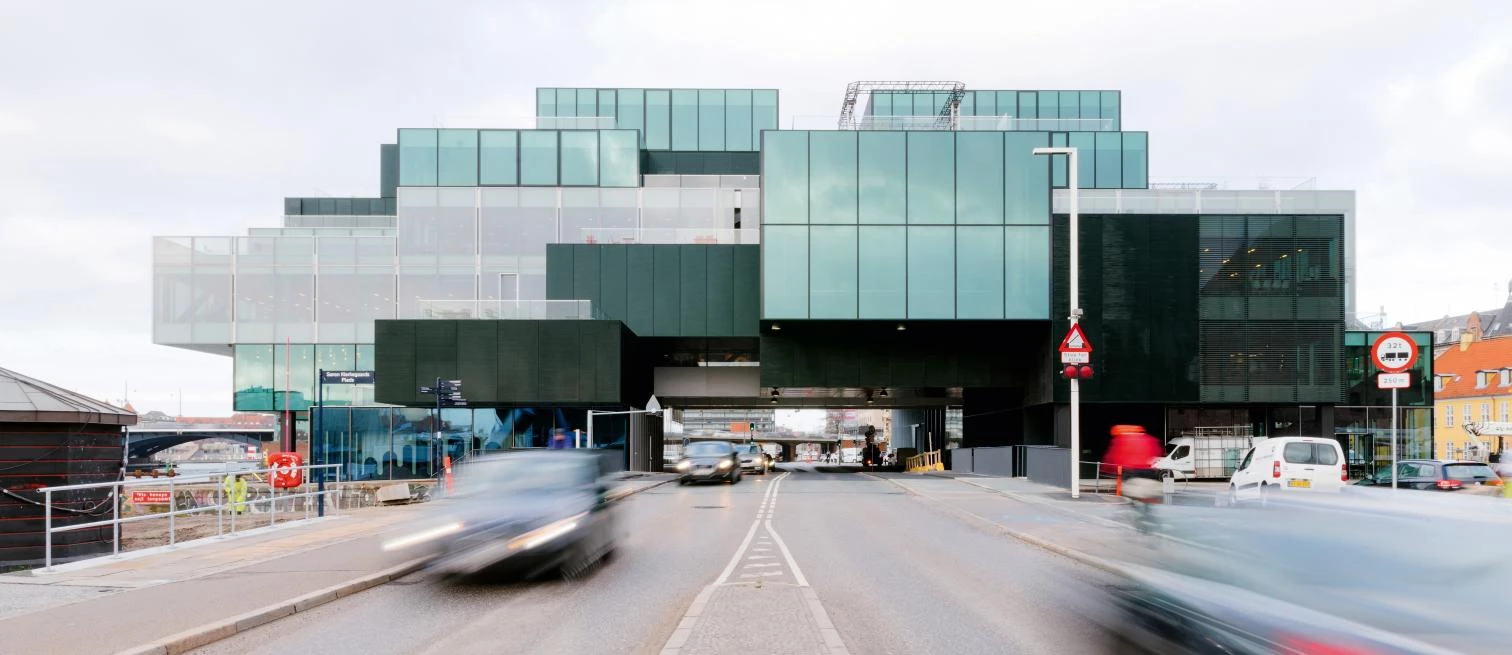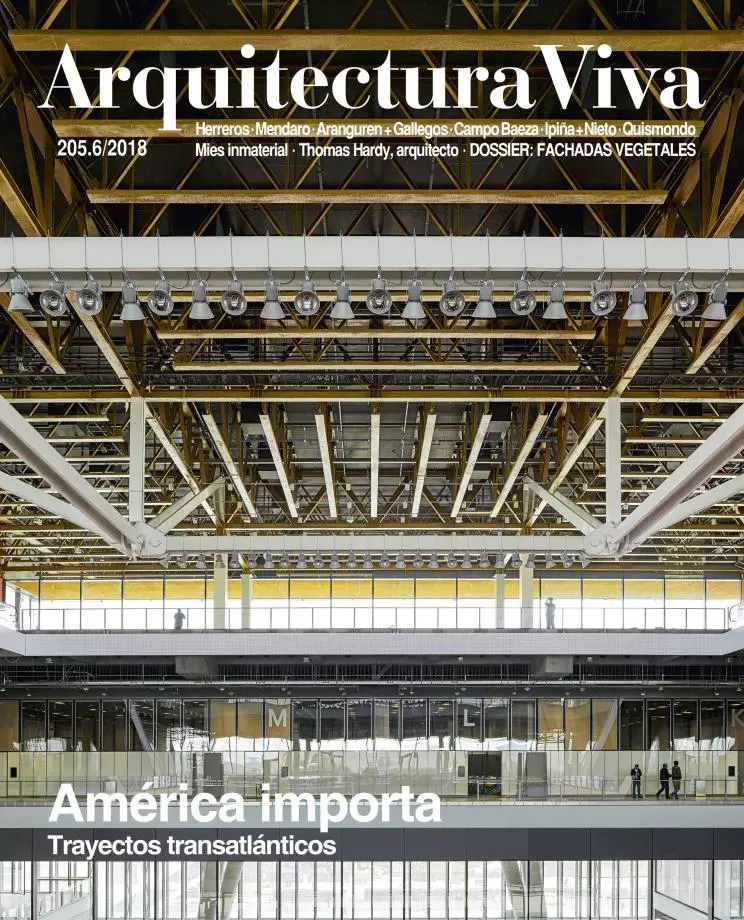
Two strategies frequented by Rem Koolhaas from the start are hybridization and stacking, the concepts behind his Blox. Hybridization because it contains apartments, shops, offices, restoration workshops, and a museum, besides the new Danish Architecture Centre. And stacking because this diverse program structures the section through the superposition of prisms that contain the uses while facilitating interaction between parts of the complex. The stacking has another compositional advantage: creating a fragmented volume that prevents the building, surrounded by monuments, from imposing on the surroundings, while letting it engage with the Danish capital’s seascape.
The relationship with the environment also has an urbanistic aspect. Rising on both sides of a busy street, the building encourages new connections between the two sidewalks, forming elevated and underground paths for pedestrians whose movements end up blending with those of the building’s users, much in the manner of Koolhaas.





